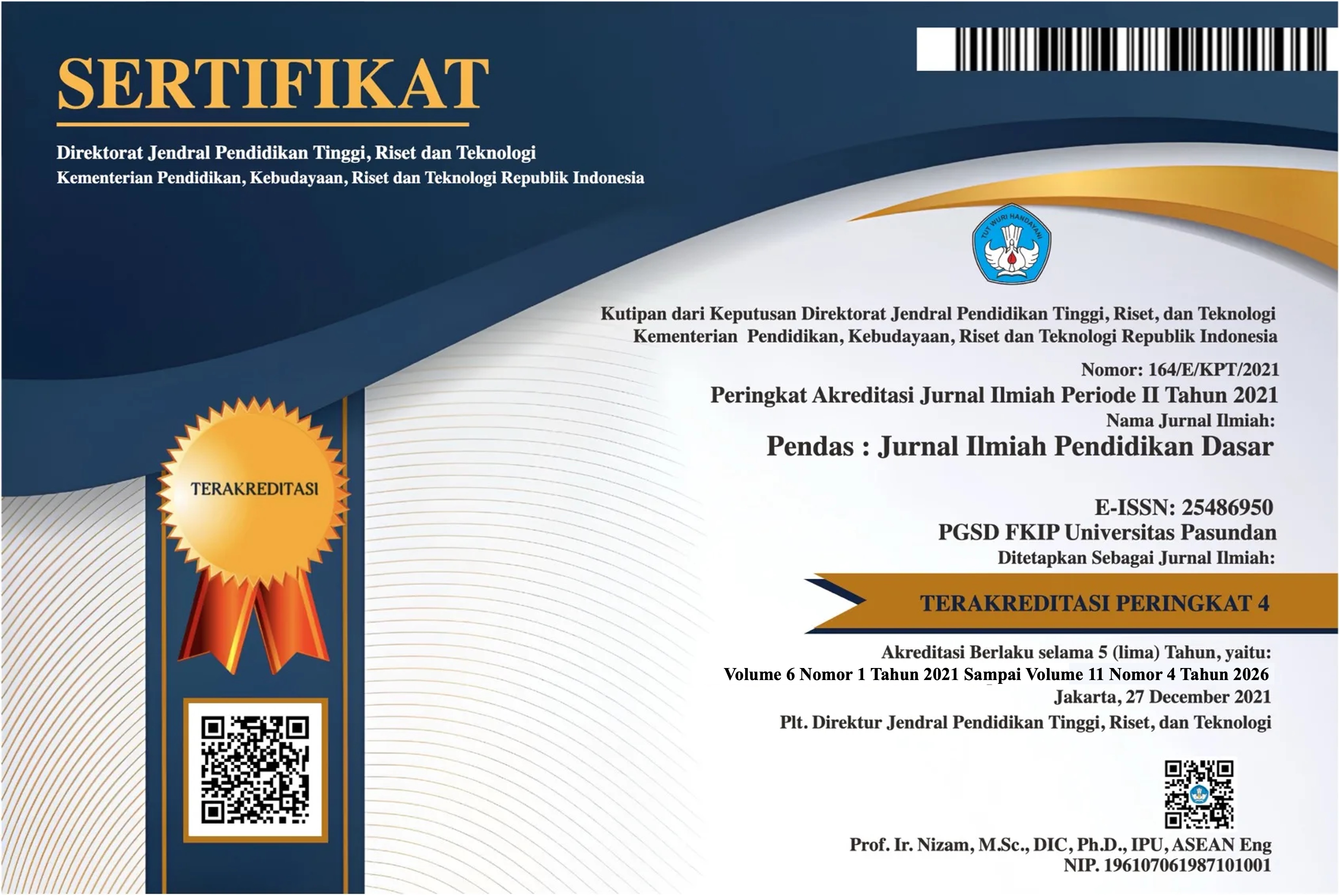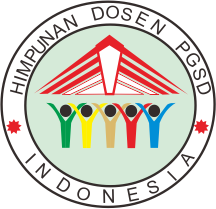SPEECH ACT IN STRANGER THINGS SEASON 3: A PRAGMATICS STUDY
DOI:
https://doi.org/10.23969/jp.v10i02.24035Keywords:
Speech acts, illocutionary acts, pragmatics, characterizationAbstract
Speech acts are a type of spoken language and part of pragmatics that occur in both verbal and nonverbal contexts. This study examines the use of speech acts by the characters in Stranger Things: Season 3, focusing on illocutionary acts as classified by Searle (1980), which include assertive, directive, commissive, expressive, and declarative speech acts. Using a descriptive qualitative approach, this research analyzes the speech acts found in the characters' utterances to determine their types, frequency, and relevance to characterization. The results indicate that all five types of speech acts appear in the series, assertive (36.18%), directive (36.64%), expressive (24.91%), commissive (1.87%), and declarative (0.40%). Assertive speech acts, which include stating, affirming, and describing, are frequently used by the main characters to convey information and theories. The presence of speech acts in Stranger Things: Season 3 is also consistent with the creative vision of the Duffer Brothers as directors.The high frequency of assertive and directive speech acts in the study illustrates how characters often face urgent situations that require immediate action, whether in confronting supernatural threats or navigating everyday social interactions. Overall, speech acts in Stranger Things: Season 3 shape character interactions and drive the plot, consistent with the Duffer Brothers' storytelling style.
Downloads
References
Allen, J. F., & Perrault, C. R. (1980). Analyzing intention in utterances. Artificial Intelligence, 15(3), 143-178. https://doi.org/10.1016/0004-3702(80)90042-9
Aprilia, L., & Dewi, E. K. (2002). The functions of illocutionary acts in Finding Nemo film. SIGEH ELT: Journal of Literature and Linguistics, 2(1), 41-48. https://doi.org/10.36269/sigeh.v2i1.776
Arafiq, Y., Yusra, K., & Saputra, A. (2020). Mapping students’ phonological problems in pronouncing English sounds: A study on speakers of local languages in West Nusa Tenggara. Proceeding of the 1st Annual Conference on Education and Social Science (ACCESS 2019). Atlantis Press. Retrieved from https://www.atlantis-press.com/proceedings/access-19/125943798
Arafiq, Y., Hanafi, N., Mu’adz, M. H., & Yusra, K. (2018). The syntactic properties and distributions of personal pronouns in Sambori language. Kajian Linguistik dan Sastra, 3(1), 1-10. https://doi.org/10.23917/kls.v3i1.7141
Arafiq, Y., Aisyah, B., & Muhaimi, L. (2024). The use of gamification in teaching vocabulary of 11th grade students at SMAN 4 Mataram. Journal of English Education Forum, 4(2), 113-121. https://doi.org/10.29303/jeef.v4i2.576
Austin, J. L. (1962). How to do things with words. London: Oxford University Press. Retrieved from https://archive.org/details/HowToDoThingsWithWordsAUSTIN/page/n1/mode/2up
Chikar Hammada, B., Yenti, Y., & Ayu Lestari, P. (2023). The illocutionary act of Joe Biden’s speech between Russia and Ukraine. English Language, Linguistics, Literature, and Education Journal, 5(1), 26–38. https://doi.org/10.30631/Ellture.V5i1.70
Creswell, J. W. (2009). Research design (3rd ed.). California: SAGE Publications. Retrieved from https://spada.uns.ac.id/pluginfile.php/510378/mod_resource/content/1/creswell.pdf
Grant, B. K. (1995). Film genre reader II (1st ed.). Austin: University of Texas Press. Retrieved from https://utpress.utexas.edu/9780292742062
Grice, H. P. (1975). Logic and conversation. In P. Cole & J. L. Morgan (Eds.), Syntax and semantics, volume 3: Speech acts (pp. 41–58). Academic Press.
Hanna, S., & Mahyuni. (2019). An analysis of code switching used by English teachers in teaching and learning process: A case study at SMPN 14 Mataram. Jurnal Ilmiah Pendidikan Indonesia, 1(2), 162-168. Retrieved from https://jipi.unram.ac.id/index.php/jipi/article/view/23
Hazami, L. A. R., & Mahyuni, N. (2020). An analysis of pedagogical instabilities in the non-government teachers (GTTs). International Journal of Multicultural and Multireligious Understanding, 7(11), 107-111. https://doi.org/10.18415/ijmmu.v7i11.2141
Jayasainan, A. Y., Hassin, H., & Khalid, N. L. (2014). An analysis of youth perception on women in a Malay romance film. Procedia - Social and Behavioral Sciences, 155, 422-427. https://doi.org/10.1016/j.sbspro.2014.10.316
Leech, G. N. (1983). Principles of pragmatics. London: Longman. Retrieved from https://www.researchgate.net/publication/49617979_G_N_LEECH_-_Principles_of_Pragmatics_G_N_LEECH_-_Principles_of_Pragmatics
Lubis, H. H. (2015). Analisis wacana pragmatik (Rev. ed.). Bandung: Angkasa. Retrieved from https://opac.fkip.untirta.ac.id/index.php?p=show_detail&id=4112&keywords=
Mey, J. L. (1993). Pragmatics: An introduction. Oxford: Blackwell Publisher. Retrieved from https://www.scribd.com/document/628439402/Pragmatics-an-Introduction-by-Jacob-L-Mey-z-Lib-org
Mohammed Hashim, S. S. (2015). Speech acts in political speeches. Journal of Modern Education Review, 5(7), 699–706. https://doi.org/10.15341/Jmer(2155-7993)/07.05.2015/008
Nathanael, B. T., Izzah, N., Lestari, K. R., Febriyanti, D., & Yanto, Y. (n.d.). Citra dalam serial TV Stranger Things. Seminar Nasional Desain dan Media. Retrieved from www.kompasiana.com
Nurfadila, A., Mahyuni, Sujana, I. M., & Arifuddin. (2023). Problems in the implementation of independent curriculum (IC): A case study at SMAN 1 Masbagik in academic year 2022/2023. Jurnal Ilmiah Profesi Pendidikan, 8(3), 1620-1630. https://doi.org/10.29303/jipp.v8i3.1471
Rosyidi, A. Z., Mahyuni, M., & Muhaimi, M. (2019). Illocutionary speech acts used by Joko Widodo in the first Indonesia presidential election debate 2019. International Journal of Multicultural and Multireligious Understanding, 6(2), 735. https://doi.org/10.18415/Ijmmu.V6i2.760
Sari, A. K. B. (2014). A pragmatic analysis of speech acts of the main character in State of Play (Bachelor’s thesis, Universitas Negeri Yogyakarta). Retrieved from https://eprints.uny.ac.id/19333/1/Atika%20Krusdian%20Sari%2008211144028.pdf
Setiawan, I., Laksana, I. K. D., Mahyuni, & Udayana, I. N. (2018). System of modality on the text of Indonesian presidential candidates’ debate on the period of 2014-2019. International Journal of Sciences and Humanities, 2(1), 157-170. https://doi.org/10.29332/ijssh.v2n1.121
Verschueren, J. (1999). Understanding pragmatics. New York: Oxford University Press. Retrieved from https://www.researchgate.net/publication/282016316_Understanding_Pragmatics
Huang, Y. (2007). Pragmatics. Oxford Textbooks in Linguistics. Oxford: Oxford University Press. Retrieved from https://www.academia.edu/42707174/The_oxford_book_Pragmatics_by_Yan_Huang
Yunita, P., Arafiq, A. A. D., & Sahuddin. (2023). The use of English short animation movies to improve students’ listening skills: A study at first grade of SMPN 1 Lingsar academic year 2022/2023. Jurnal Ilmiah Profesi Pendidikan, 8(3), 1282-1286. https://doi.org/10.29303/jipp.v8i3.1483
Downloads
Published
Issue
Section
License
Copyright (c) 2025 Pendas : Jurnal Ilmiah Pendidikan Dasar

This work is licensed under a Creative Commons Attribution 4.0 International License.



















